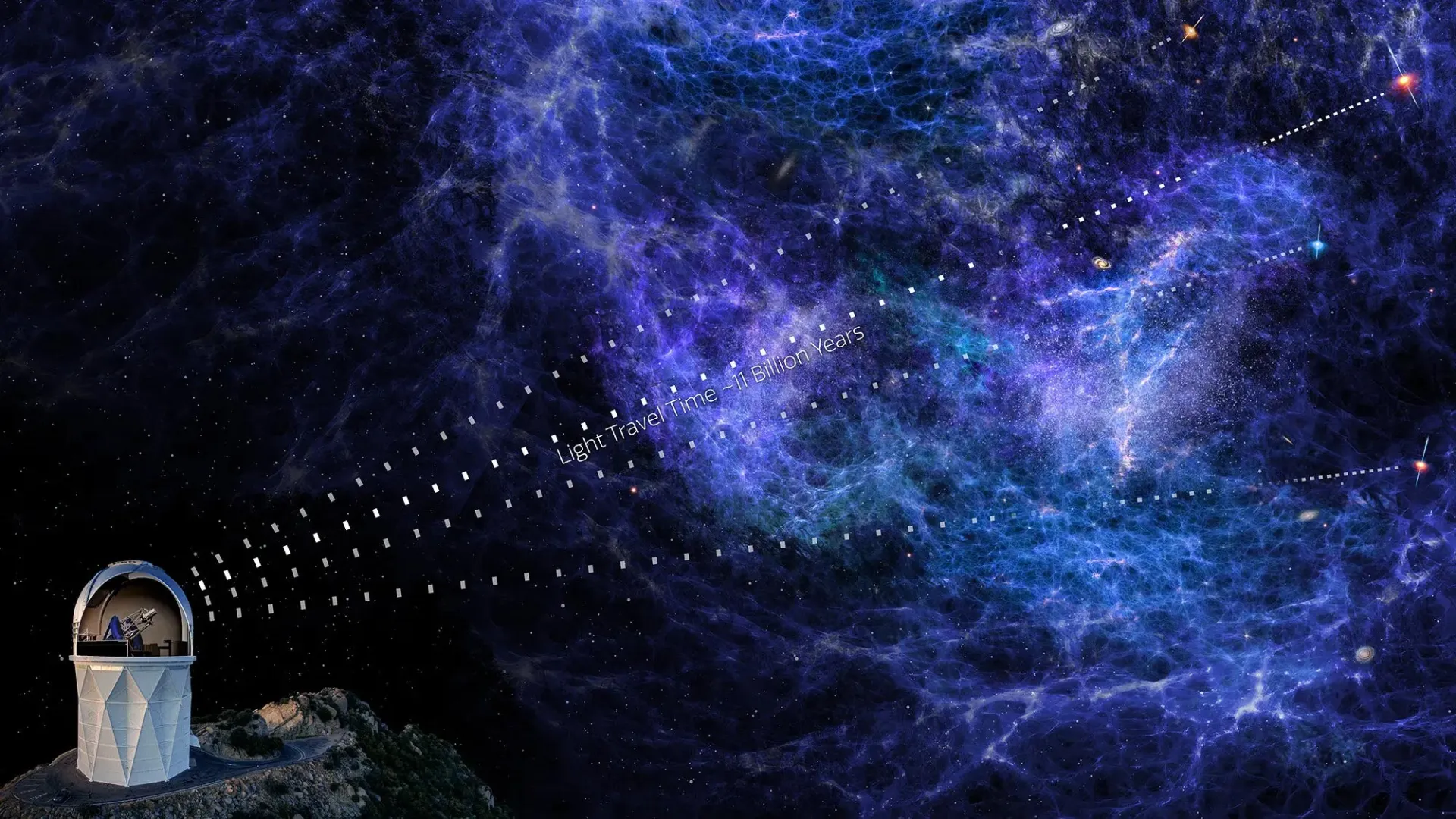The James Webb Space Telescope is one of the most advanced telescopes ever built. Planning to launch James Webb began more than 25 years ago, and construction efforts took more than a decade. On December 25, 2021, this telescope was launched into space and within a month it reached its final destination, 930,000 miles away from Earth. Its position in space gives it a relatively unobstructed view of the world.
Why the “James Webb” telescope does not observe the beginning of the universe?
The design of this telescope was a global effort led by NASA and aims to push the boundaries of astronomical observation with revolutionary engineering. Its mirror is huge, about 21 feet (6.5 meters) in diameter, which is about three times the size of the Hubble Space Telescope, which was launched in 1990 and is still operating.
According to SF, it’s the telescope’s mirror that allows it to gather light. James Webb is so big that it can see the faintest and most distant galaxies and stars in the universe. Its advanced instruments can reveal information about the composition, temperature, and motion of these distant cosmic bodies.
Astrophysicists constantly look back to see what stars, galaxies, and supermassive black holes looked like when their light began its journey toward Earth, and use this information to better understand their growth and evolution. For the space scientist, the James Webb Space Telescope is a window into that unknown world. How far can James Webb look into the universe and its past? The answer is about 13.5 billion years.
Time travel
A telescope does not show stars, galaxies, and exoplanets as they are. Instead, astrologers have a glimpse of how they were in the past. It takes time for light to travel through space and reach our telescope. In essence, this means that looking into space is also a journey into the past.
This is true even for objects that are quite close to us. The light you see from the sun has left about eight minutes and 20 seconds earlier. This is how long it takes for sunlight to reach the earth.
You can easily do calculations on this. All light, whether it’s sunlight, a flashlight, or a light bulb in your home, travels at a speed of 186,000 miles (approximately 300,000 kilometers) per second. This is more than 11 million miles, which is about 18 million kilometers per minute. The sun is about 93 million miles (150 million kilometers) from the earth. which brings the time of reaching the light to about eight minutes and 20 seconds.
Why the “James Webb” telescope does not observe the moment of the beginning of the universe?
But the farther something is, the longer it takes for its light to reach us. That’s why the light we see from the closest star to us other than the Sun, Proxima Centauri, dates back four years. This star is about 25 trillion miles (about 40 trillion kilometers) from Earth, so it takes a little over four years for its light to reach us.
Recently, James Webb has observed the star Earendel, which is one of the most distant stars ever discovered and the light that James Webb sees is about 12.9 billion years old.
The James Webb Space Telescope travels much further into the past than other telescopes such as the Hubble Space Telescope. For example, although Hubble can see objects 60,000 times fainter than the human eye, James Webb can see objects almost 9 times fainter than even Hubble.
Read more: How can solar storms destroy satellites so easily?
Big Bang
But is it possible to go back to the beginning of time?
Big Bang is the term used to define the beginning of the universe as we know it. Scientists believe that this happened about 13.8 billion years ago. This theory is the most accepted theory among physicists to explain the history of our universe.
However, the name is a bit misleading because it suggests that some kind of explosion, like a firework, created the universe. The Big Bang more accurately represents space that is rapidly expanding everywhere in the universe. The environment immediately after the Big Bang resembled a cosmic fog that covered the universe and made it difficult for light to pass through. Eventually, galaxies, stars, and planets began to grow.
That’s why this period is called the “Cosmic Dark Age” in the world. As the universe continued to expand, the cosmic fog began to lift and light was finally able to travel freely through space. In fact, few satellites have observed the light left over from the Big Bang some 380,000 years after it happened. These telescopes are designed to detect the glow left over from the nebula, whose light can be traced in the microwave band.
However, even 380,000 years after the Big Bang, there were no stars or galaxies. The world was still a very dark place. The cosmic dark ages did not end until several hundred million years later when the first stars and galaxies began to form.
The James Webb Space Telescope was not designed to observe the time to the moment of the Big Bang, but to see the period when the first objects in the universe began to form and emit light.
Before this time period, due to the conditions of the early universe and the lack of galaxies and stars, there was little light for the James Webb Space Telescope to observe.
By studying ancient galaxies, scientists hope to understand the unique conditions of the early universe and gain insight into the processes that helped them flourish. This includes the evolution of supermassive black holes, the life cycles of stars, and what exoplanets are made of.



 Technology9 months ago
Technology9 months ago


 Technology10 months ago
Technology10 months ago


 Technology9 months ago
Technology9 months ago


 Technology10 months ago
Technology10 months ago


 Humans1 year ago
Humans1 year ago


 AI1 year ago
AI1 year ago


 Technology10 months ago
Technology10 months ago


 Technology10 months ago
Technology10 months ago
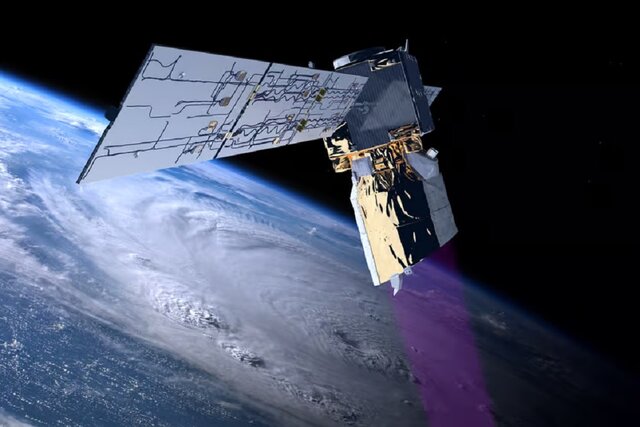
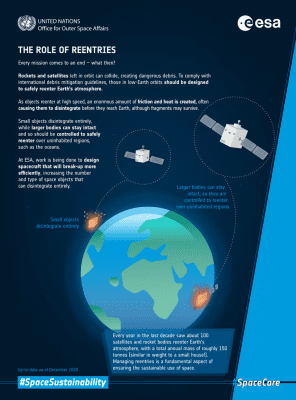

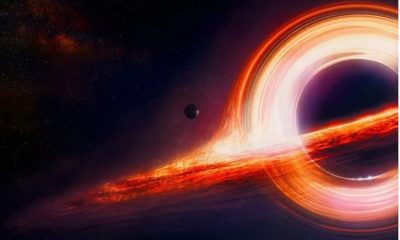

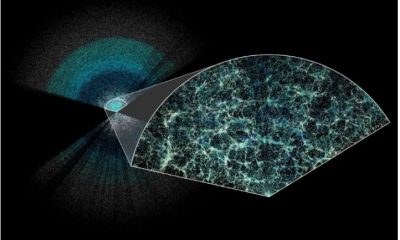

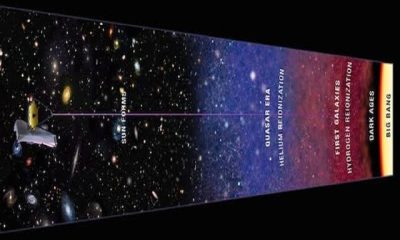









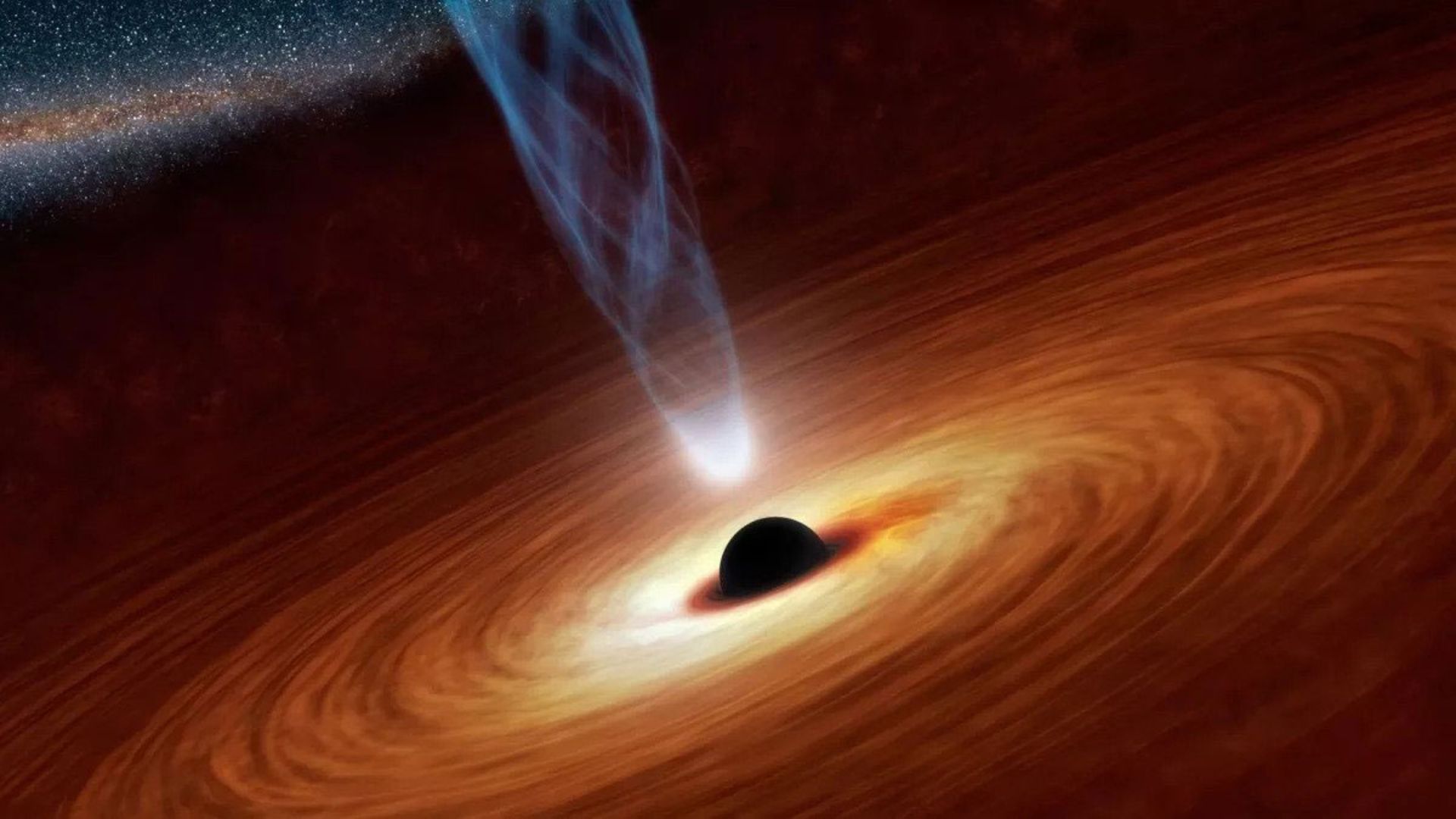 An artist’s rendering of a supermassive black hole complete with a fiery accretion disk.
An artist’s rendering of a supermassive black hole complete with a fiery accretion disk.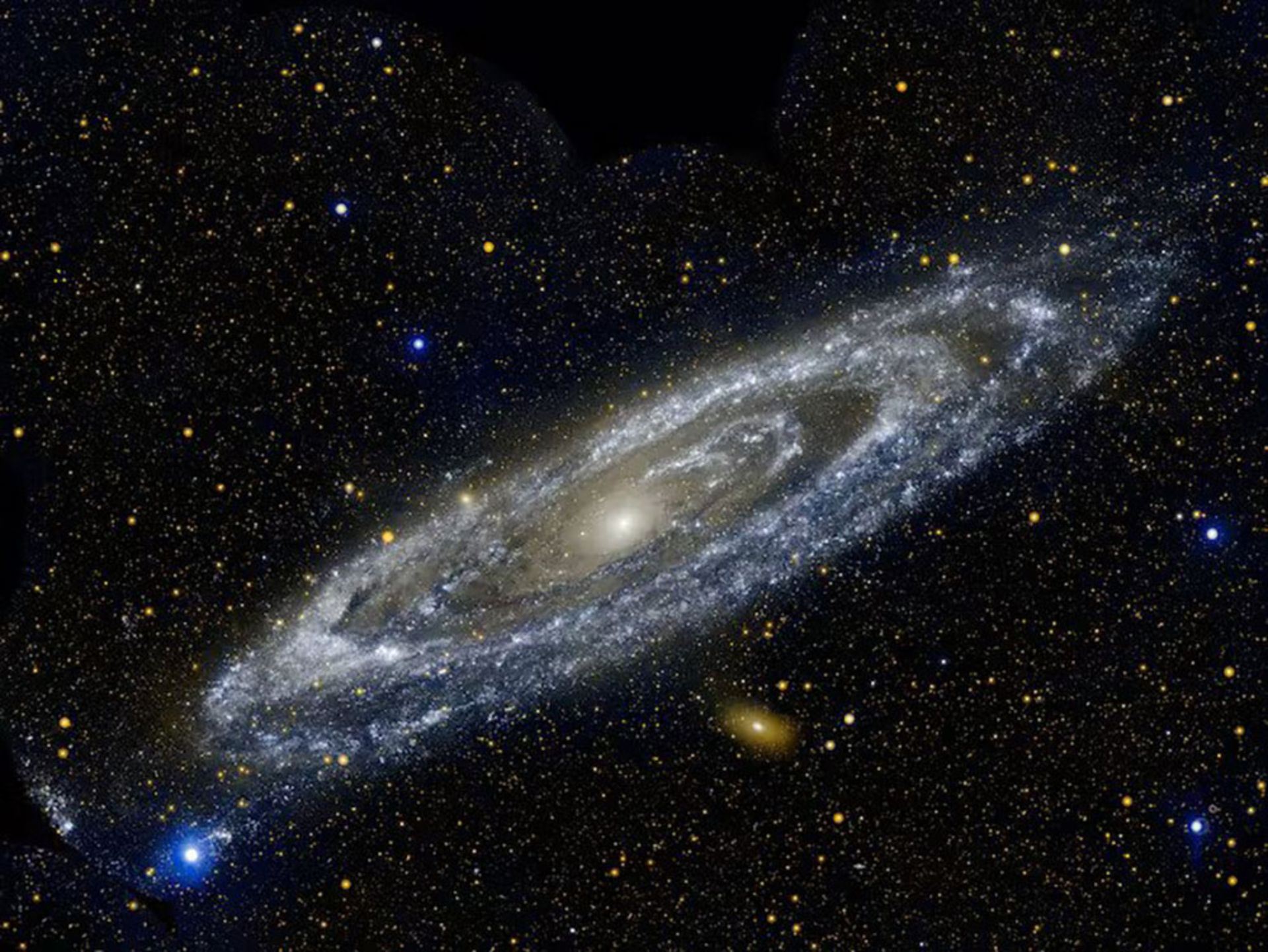 Dark energy explains why the universe is expanding at an accelerating rate.
Dark energy explains why the universe is expanding at an accelerating rate.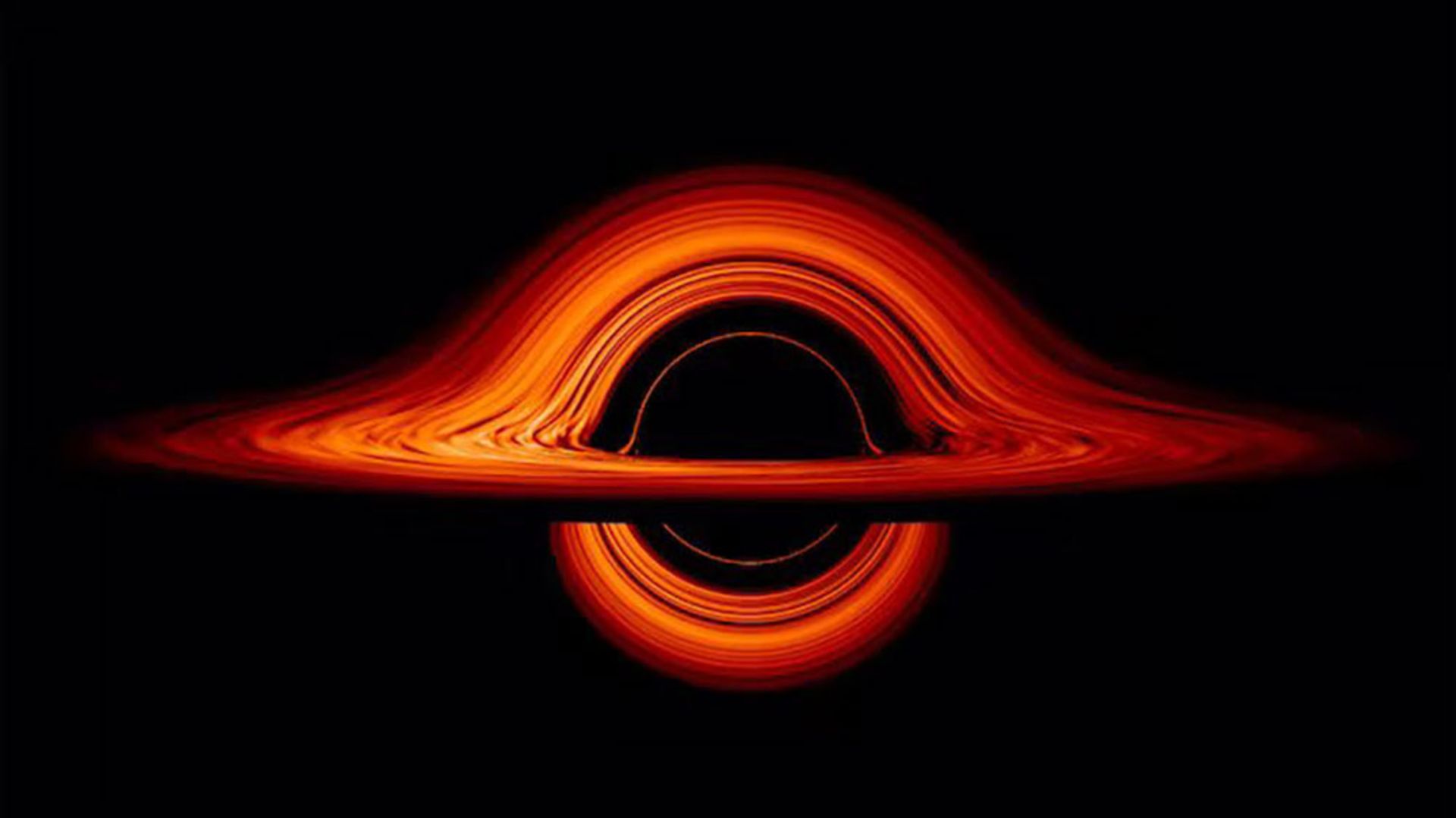 Visualization of a black hole that could play a fundamental role in dark energy.
Visualization of a black hole that could play a fundamental role in dark energy.
